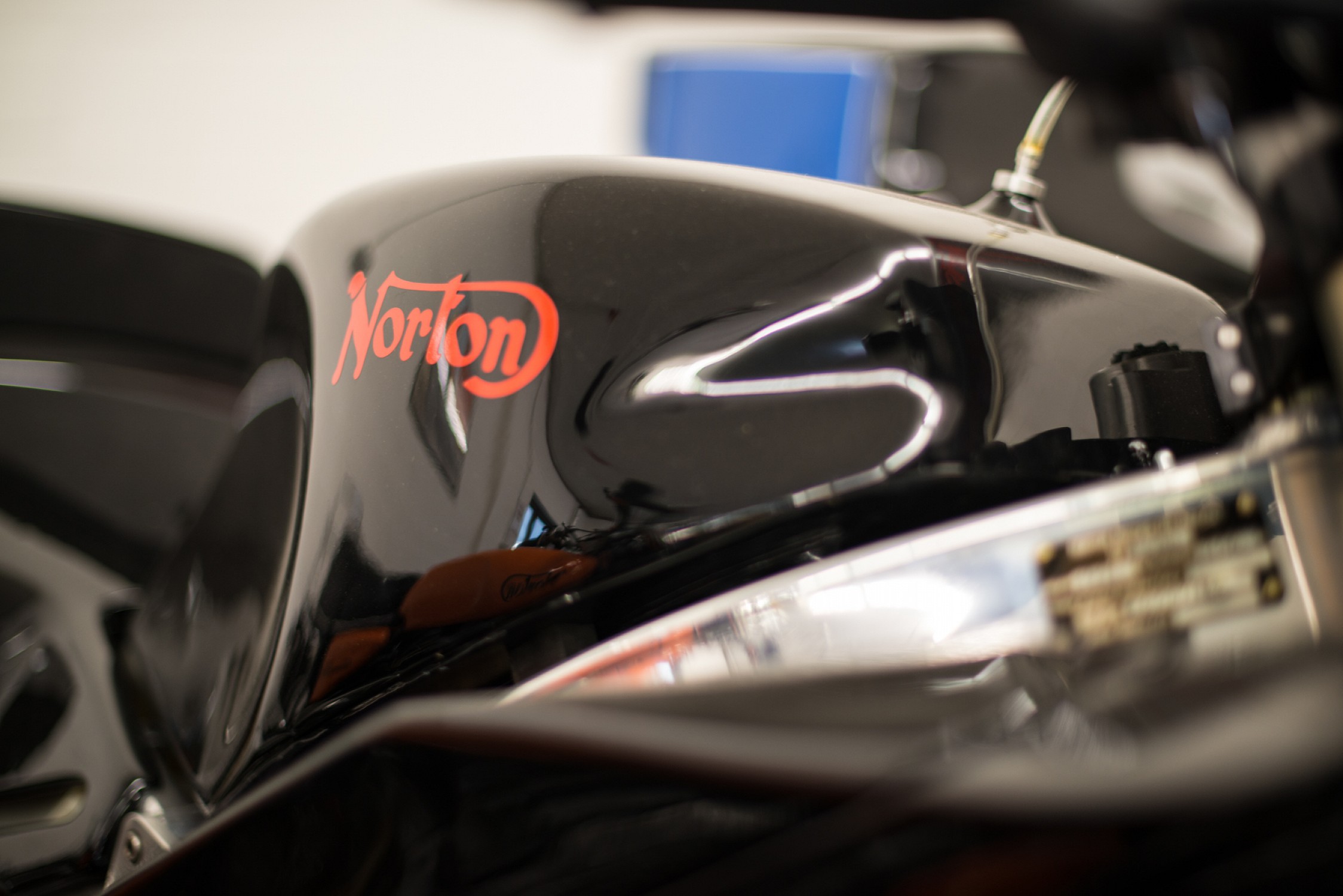- Joined
- May 28, 2022
- Messages
- 414
What was the symptom regarding the layshaft position? I have run the C3 roller for years and years but occasionally under hard acceleration the shift ratchet doesn't pick up second gear.did exactly the same. Have used the 6203TB bearing in all my rebuilds since. I originally replaced the standard bearing with a 'superblend' roller, but the loss of positive layshaft location was a problem.

